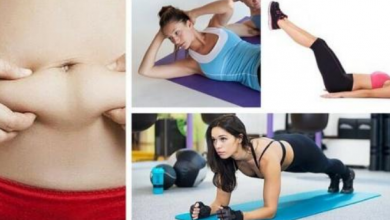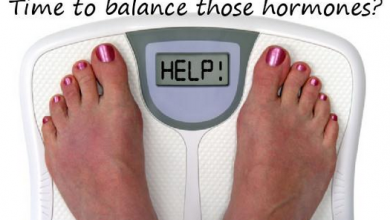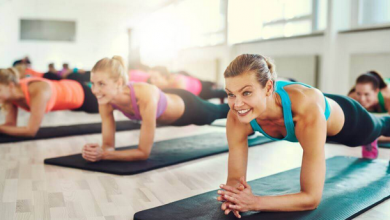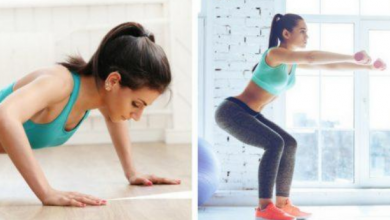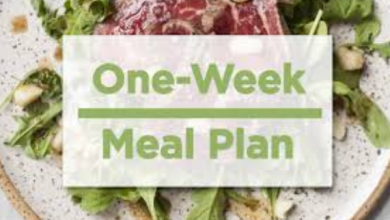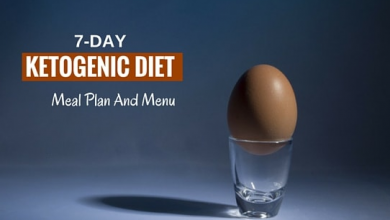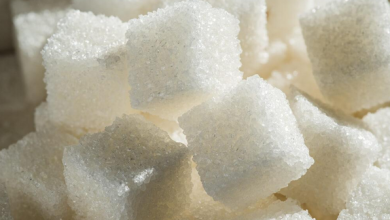Detox
3 weeks ago
Weight Loss Water Recipes: The 7 Best Delicious Detox Drinks
The crave for detox water recipes that helps reduce weight has been all over despite the medical advice for good…
Diseases & Conditions
July 10, 2018
9 Clear Signs Showing You’re Eating Too Much Sugar
Sugar is maybe the most sought-after food in the world, not only because you can find it practically anywhere in…
Diet Plans
July 7, 2018
How to Lose 24 Pounds In One Month: The Overlooked Brazilian Diet
The Brazilian diet is one of the most overlooked meal plans nowadays, which many people don’t know about yet it…
Burn Carbs Fast
July 10, 2018
Diet Maximizing: How to Replace Carbs In Your Diet To Lose More Weight
One of the best ways to lose weight fast is to reduce your carbohydrates consumption and instead focus on healthier…
Belly Fat
June 15, 2018
How to Develop Beautiful Lower Abs For - Woman
One of the most stubborn body parts in both men and women is the lower abs. Not only because it…
